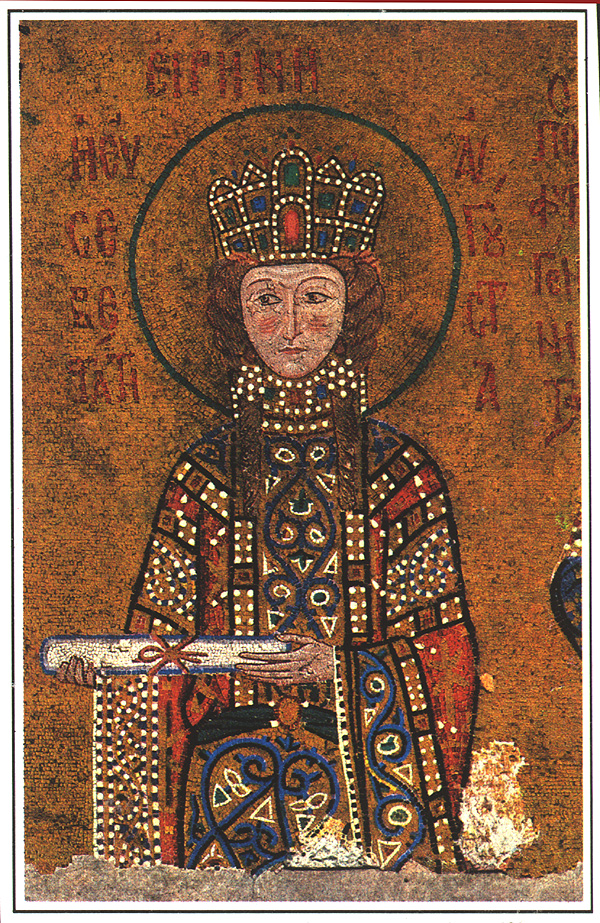Major Trends

The 12th century saw the continuing struggle of the illustrious Comneni imperial dynasty in Constantinople against the crusading Latins from the West and the encroaching Muslim Turks from the East. Emperor Alexius I Comnenus (r. 1081–1118) officially proclaimed Mount Athos as the center of Orthodox monasticism. His son and successor, John (r. 1118–1143), ruled so well that he became known as Kalojohn (“John the Good”), and his wife, a Hungarian princess, was so devout in her Orthodox faith that she came to be venerated as Saint Irene of Hungary. Emperor Manuel Comnenus (r. 1143–1180) continued promoting the arts, but both of his marriages were with Western princesses, and his unwise favoritism of Venetian merchants eventually helped lead to a violent backlash with the sacking of the Latin quarter in Constantinople in 1182. In retaliation, the Latins sacked the city of Thessalonica in 1185.
Early in the 12th century, at the command of Emperor Alexius I, Euthymius Zigabenus produced his Dogmatic Panoply, a refutation of all the heresies both ancient and recent. Much of what we know about Bogomilism, the major dualist heresy that arose in Bulgaria in the 10th century, comes from this work. He also wrote extensive commentaries on the Psalms, the Four Gospels, and the Epistles of Saint Paul.
Art and architecture developed in the twelfth century with such classical Byzantine monuments as the Church of Saint Luke and the Church of Daphni, both near Athens, with their outstanding mosaics.
